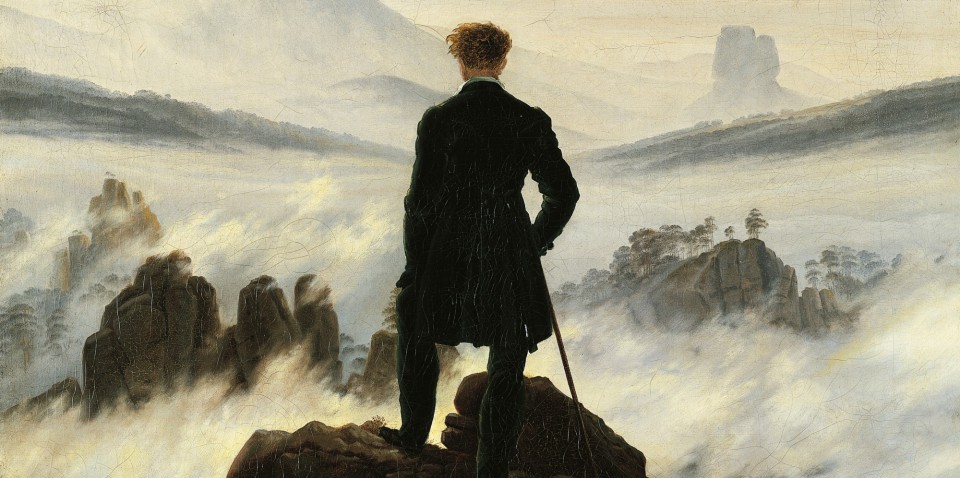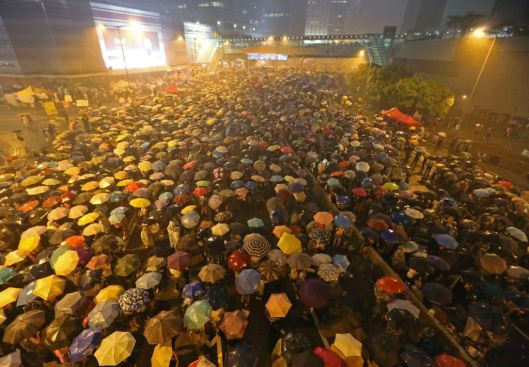Role of social media in China behind the Great Firewall
Social media has transcended beyond a form of communication. We no longer “login” to connect with people, as we do not need to. Platforms such as Facebook, Instagram, Twitter and YouTube have gained such a stronghold on communication within our culture, that we no longer interact, with one another, but simply react. We don’t think about connecting online, because we never break the connection, we have become an online society.
We wake up, check Facebook, Email and then get on with our day. The Western world generally views social media as a form of communication, not a tool of change. However, across the globe we have seen revolutions tweeted throughout the Middle East and greater Arab world and accurate statistics produced, surrounding natural disasters, well before the professional outlets.
There is not doubt that social media has the ability to empower and influence, if utilised to its full potential. However, when it comes to the biggest economy in the world, their presence is absent from platforms we are familiar with. This is due to the Golden Shield project, colloquially known as “The Great Firewall of China.”
It’s not like Chinese citizens are banned from Internet usage, or indeed using social media. In fact, “China also has the world’s most active environment for social media. More than 300 million people use it, from blogs to social-networking sites to microblogs and other online communities, (Chiu, 2013)”.
However there is a key difference in social media participation. The last few years have seen Chinese citizens, particularly students, organise protests surrounding the tight censorship that the government holds over what enters and leaves cyberspace.
Ultimately, citizens of China are endeavouring to employ social media as a tool for relinquishing the authoritarian style censorship that the government employs over the Chinese web space. Platforms such as “Sina Weibo” (Chinese equivalent of Twitter) are being used as a driving force behind community organised actions and protests. These movements are exemplified through small and large occurrences across Hong Kong and mainland China and can be referred to as “wangluo shijian”, which translates to “Internet incidents or online events”. G. Yang, from the Chinese Journal of Communication infers, “these events involve online verbal and symbolic protests about social and political injustices…, (Yang, 2012)”.
In 2007, the “Xiamen protests” occurred. 20,000 people took to the streets in the area of “Fujiyan”, to stand against the construction of a new Paraxylene plant in the city. Students and faculty from Xiamen University were informed solely through mass instant messaging platform “Mobile QQ”. This protest is widely viewed as the first Chinese movement that has been organised through social media and a “watershed moment in China’s growing social media presence, (Dong, 2016)”.
Flash-forward to 2014 and we see the “Umbrella Movement” (for more information on this movement, click here), spawn from the aftermath of the Hong Kong protests.
With Electoral freedom on the line , protestors took to the streets, after China announced that Beijing would vet candidates to run in the 2017 elections, thus regulating the race to be Hong Kong chief executive (highest government role in Hong Kong). The event as a whole went for a number of months with various violent flashpoints. However, from this event, rose the “Umbrella Movement”. Lisheng Dong, author of “Urban Mobilizations and New Media in Contemporary China”, recognised this transformative process as, “protestors were victorious, because their rellies were given visibility on multiple platforms”. Dong commented further, stating, “ In this case, Social Media was a de facto tool in mobiliding and starting up the organisational phase of the protests, (Dong, 2016)”
I would like to insinuate that social media usage in China is not simply a “call to arms”. It is used for recreational purposes, however there is an element of duality surrounding its uses. When these protests are held in China, they contain a significant gravity about them that cannot be replicated in Australia. When these protests are contrasted with China’s dubious authoritarian style government, one cannot but help make the assumption that social media is heavily contributing to a political shift in the worlds fasted growing economy.
References
Dong, L.D, 2014. Urban Mobilizations and New Media in Contemporary China. 1st ed. Hong Kong: Routledge.
Yang, G.Y, 2012. A Chinese Internet?. Chinese Journal of Communication, [Online]. 5/1, 49-54. Available at: https://moodle.uowplatform.edu.au/pluginfile.php/598847/mod_resource/content/1/chineseinternetguobin.pdf [Accessed 06 April 2016].
McKinsey Quarterly. 2012. Understanding social media in China. [ONLINE] Available at: http://www.mckinsey.com/business-functions/marketing-and-sales/our-insights/understanding-social-media-in-china. [Accessed 06 April 16].
Hong Kong. 2014. The role of social media in Occupy protests, on the ground and around the world. [ONLINE] Available at: http://www.scmp.com/news/hong-kong/article/1628305/role-social-media-occupy-protests-ground-and-around-world. [Accessed 06 April 16].
Secondary Links
Wikipedia. 2013. Golden Shield Project. [ONLINE] Available at: https://en.wikipedia.org/wiki/Golden_Shield_Project. [Accessed 6 April 2016].
Jayme Soulati. 2013. SteamFeed. [ONLINE] Available at: http://www.steamfeed.com/weibo-chinese-social-media/. [Accessed 5 April 2016].
Chemistry World. 2009. Leak causes explosion at para-xylene plant in China. [ONLINE] Available at: http://www.rsc.org/chemistryworld/2015/04/explosion-zhangzhou-para-xylene-chemical-plant-china. [Accessed 4 April 2016].
QQ Mobile. 2010. Download Messenger. [ONLINE] Available at: http://www.downloadmessenger.org/download-qq-mobile. [Accessed 4 April 2016].
NEWS ABC. 2015. Hong Kong’s umbrella movement. [ONLINE] Available at: http://www.abc.net.au/news/2015-09-28/timeline-hong-kong-umbrella-movement-one-year-on/6802388. [Accessed 3 April 2016].

